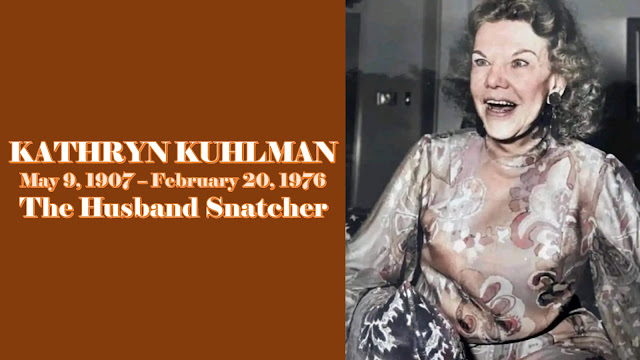ALL SCRIPTURES POINT TO JESUS (PART VI)
By Akin Ojumu
Typology, aka symbolism, is the use of symbols or imageries to communicate ideas. Within the context of theology, types and symbols refer to Old Testament pictures that point to Christ and His work of redemption.
A good example of types and symbols is the bronze serpent that God directed Moses to set on a pole as an antidote to the bites suffered by the children of Israel from the fiery serpents the LORD had sent among the people as punishment for their rebellion. Anyone bitten by the fiery serpent who looked up on the serpent would live.
Numbers 21:6-9
“Then the Lord sent fiery serpents among the people, and they bit the people, so that many people of Israel died. And the people came to Moses and said, “We have sinned, for we have spoken against the Lord and against you. Pray to the Lord, that he take away the serpents from us.” So Moses prayed for the people. And the Lord said to Moses, “Make a fiery serpent and set it on a pole, and everyone who is bitten, when he sees it, shall live.” So Moses made a bronze serpent and set it on a pole. And if a serpent bit anyone, he would look at the bronze serpent and live.”
In His encounter with Nicodemus, the Lord Jesus pointed to the bronze serpent as a type and shadow that point to Him, the Christ, who would heal the people from the deadly bites of sin.
John 3:14-15
“And as Moses lifted up the serpent in the wilderness, so must the Son of Man be lifted up, that whoever believes in him may have eternal life.”
Now, as much as types and symbols are important representations pointing to the person of Christ, they are at best fragile pictures of Christ. For instance, the bronze serpent, while it serves as an interesting picture of Christ, does not in any way compare, and neither is it equal, with Christ. It’s merely a humble picture meant to give us insight from an illustrative point of view.
Same thing applies when we look at Joseph as a type of Christ. In no way is Joseph equal with Christ, and neither does he compare with Him. Not every little detail of Joseph’s life points to Christ. But sprinkled into Joseph’s story, however, are enough breadcrumbs that lead to Christ. There are threads in the life of Joseph that we can connect directly to the Messiah.
This commentary is our humble attempt to trace the breadcrumbs and follow the threads to see which part of Joseph’s life can be connected to Jesus. There will be breadcrumbs that we are going to miss, and you can be sure we’ll leave out some important threads. We’ll leave those to the readers to identify and trace.
Connection 11
Joseph’s brothers conspired to kill him. Likewise, the religious leaders of Jesus’s day plotted to kill Him.
Genesis 37:18
“They saw him from afar, and before he came near to them they conspired against him to kill him.”
Matthew 26:3-4
“Then the chief priests and the elders of the people gathered in the palace of the high priest, whose name was Caiaphas, and plotted together in order to arrest Jesus by stealth and kill him.”
Connection 12
In the same way Joseph’s brothers stripped him of his coat of many colors, Jesus was stripped of His garment and it was divided among the Roman soldiers who crucified Him.
Genesis 37:23
“So when Joseph came to his brothers, they stripped him of his robe, the robe of many colors that he wore.”
Matthew 27:35
“And when they had crucified him, they divided his garments among them by casting lots.”
Connection 13
After Joseph was stripped of his coat of many colors, it was dipped in blood. Jesus was stripped of His garment, and a scarlet (i.e., blood red colored) robe was put on Him.
Genesis 37:31
“Then they took Joseph’s robe and slaughtered a goat and dipped the robe in the blood.”
Matthew 27:28
“And they stripped him and put a scarlet robe on him.”
Connection 14
Joseph was thrown into a pit without water. While Jesus was on the Cross, His own pit, He was offered a wine to drink, mixed with gall, but when he tasted it, he would not drink it.
Genesis 37:24
“And they took him and threw him into a pit. The pit was empty; there was no water in it.”
Mark 15:23
“And they offered him wine mixed with myrrh, but he did not take it.”
Connection 15
Judah, Joseph’s brother, betrayed Joseph by concocting the scheme to sell Joseph to slavery for twenty pieces of silver. In a similar act of betrayal, Judas, a disciple of Jesus, sold out his Master to the enemy for thirty pieces of silver.
Genesis 37:26-28
“Then Judah said to his brothers, “What profit is it if we kill our brother and conceal his blood? Come, let us sell him to the Ishmaelites, and let not our hand be upon him, for he is our brother, our own flesh.” And his brothers listened to him. And they drew Joseph up and lifted him out of the pit, and sold him to the Ishmaelites for twenty shekels of silver...”
Matthew 26:14-15
“Then one of the twelve, whose name was Judas Iscariot, went to the chief priests and said, “What will you give me if I deliver him over to you?” And they paid him thirty pieces of silver.”
There are still a lot of parallels yet to be considered. Stay tuned till next time when we examine more connections between Joseph and Jesus.



Comments
Post a Comment